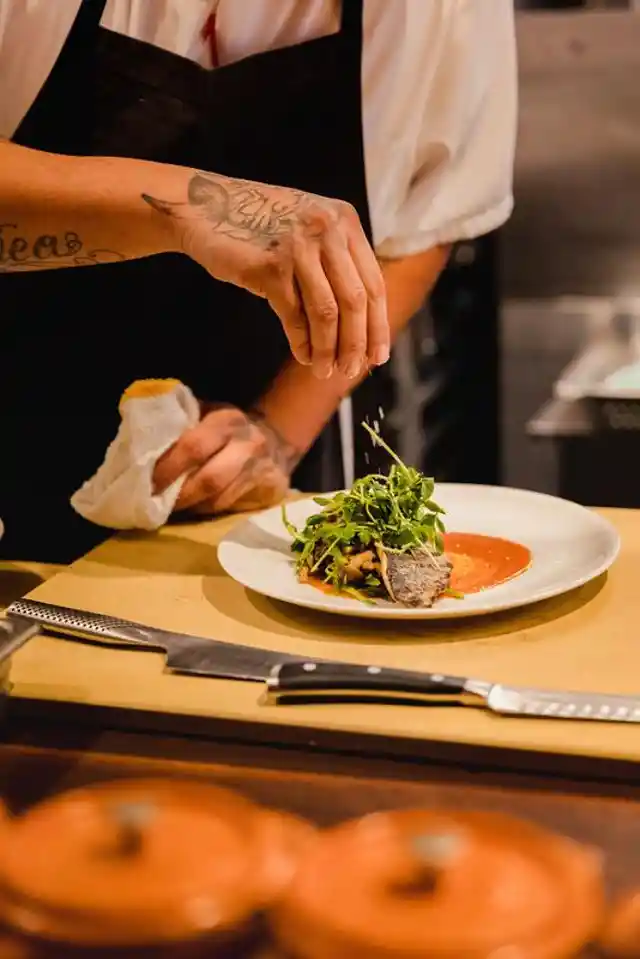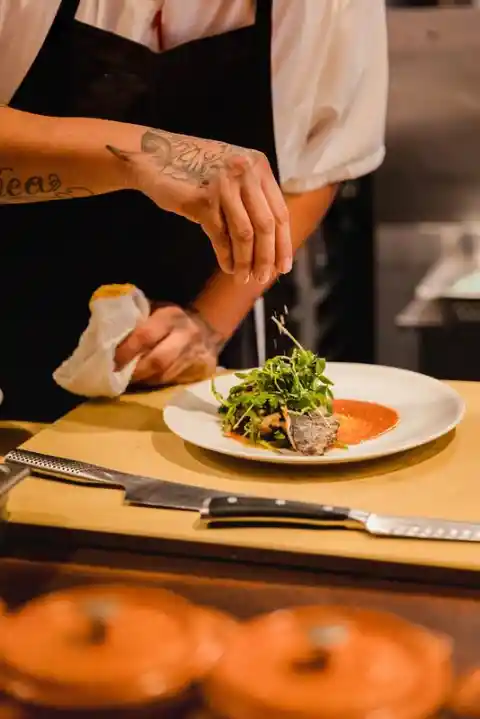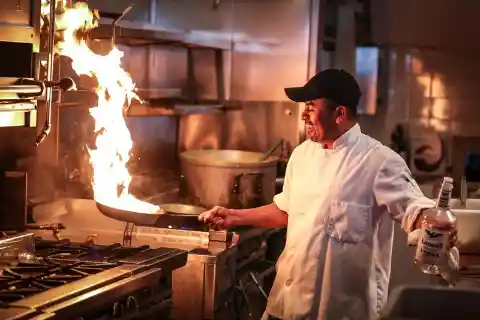French cuisine is all about perfecting rudimentary cooking techniques. Mastering the basics will provide you with an organized kitchen, as well as mouthwatering meals of varying skill levels. Here are some techniques that will get you to pro-level in no time!


Mise en Place
Let's start at the very beginning. The concept of mise en place means having everything in its place before cooking. Mise en place involves all the steps of meal prep – ingredients portioned and chopped, seasoning ready, and all utensils in reach for easy access.
Knife Cuts
The art of julienne – learning how to cut vegetables evenly into super-thin strips. This way of slicing is central to most French dishes and is a culinary milestone.
Bouquet Garni
Bouquet Garni or a garnish bouquet is an herb bundle that enhances the flavor of dishes like stews, stocks, casseroles, and soups. The trick is to add the herbs to a simmering dish and remove it right before you serve it.
Flambéing
Flambéing uses alcohol to sauté butter or fruits for desserts. Bring a pan to very high heat before adding the alcohol, which will ignite the pan in a flash. The alcohol burns off very quickly and leaves behind a delicious residue.


Poaching
Poaching uses temperature-controlled liquid to cook. It involves submerging the ingredients in water and allowing the moist heat to gently do the cooking. Poaching is great for ingredients that could quickly become over or undercooked.
Sautéing
The word sautéing comes from the French ‘sauter’ meaning to jump. Sauteing involves pan-frying ingredients quickly over high or medium heat.
Braising
Braising involves cooking food (generally meat) in a covered pot on low heat to unlock flavor. The first step is to quickly sear the meat until it is browned and releases the fat. Continue cooking the meat in seasoned liquid/wine. Depending on the cut, this process can take several hours.
Confit
Confit means to preserve different kinds of meat by cooking them in their juices or fat. It essentially involves slow-cooking protein in fat at a low temperature. Vegetable confit is also quite common.
Bon Appétit!